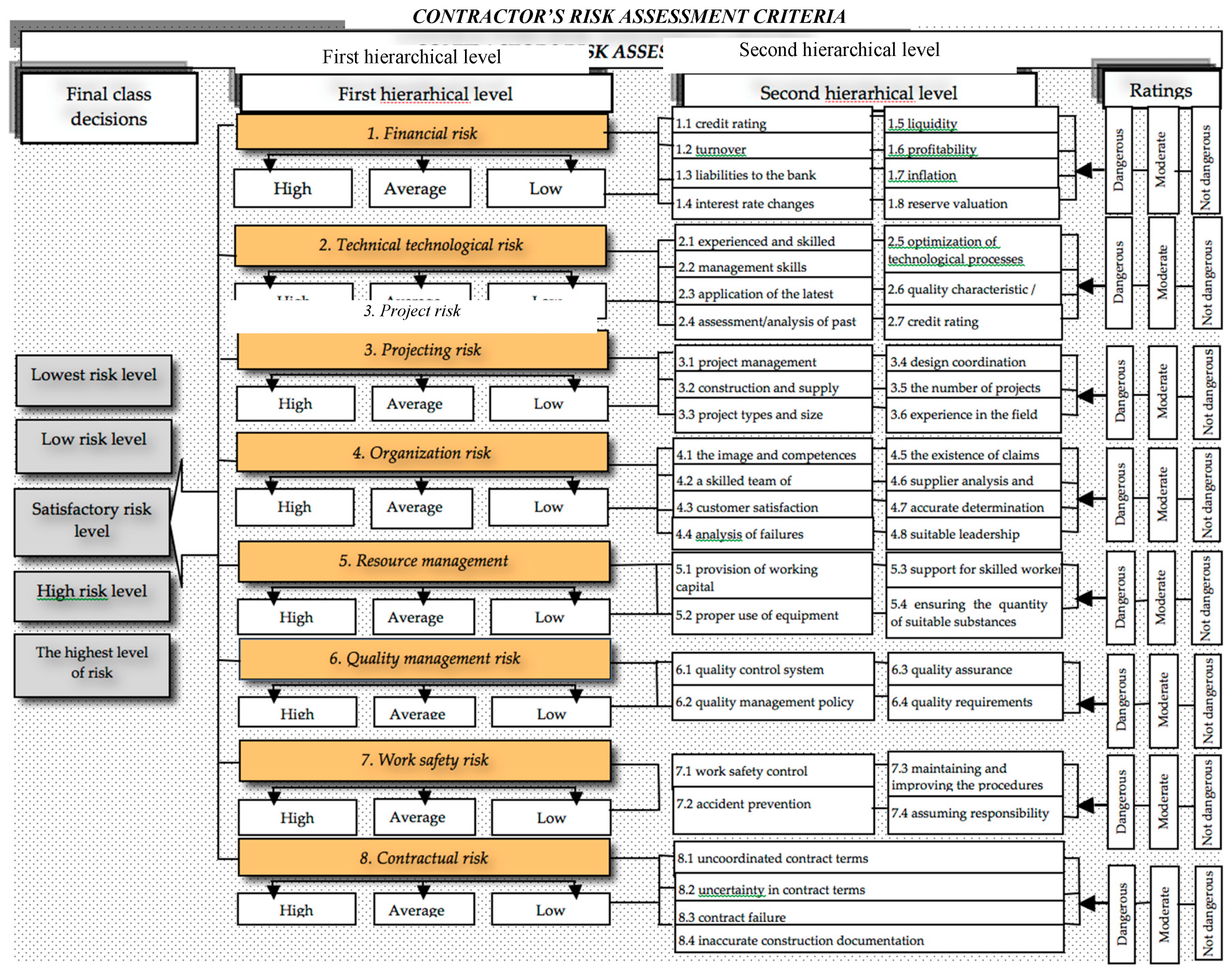
Unraveling the Dynamics of Inflationary Pressures
In the intricate web of economic forces, the impact of inflationary pressures is a topic that resonates across industries and nations. This article aims to dissect the repercussions of inflationary pressures, exploring their origins, effects, and strategies to navigate these challenges.
The Genesis of Inflationary Pressures
Inflationary pressures can stem from various sources, such as increased demand, supply chain disruptions, or external shocks. Understanding the root causes is crucial to developing effective strategies for managing the impact. Whether fueled by heightened consumer spending or global economic events, inflationary pressures demand a nuanced analysis.
Balancing Act for Central Banks
Central banks play a pivotal role in managing inflationary pressures through monetary policies. Striking a delicate balance between stimulating economic growth and curbing inflation is a formidable task. The decisions made by central banks have far-reaching implications on interest rates, currency values, and overall economic stability.
Ramifications on Consumer Spending
Inflationary pressures directly impact consumer purchasing power. As prices rise, consumers may alter their spending habits, affecting businesses across sectors. Understanding the behavioral shifts in consumer spending patterns is crucial for businesses to adapt their strategies and maintain resilience in the face of inflationary pressures.
Supply Chain Challenges and Production Costs
Inflationary pressures often manifest through increased production costs and supply chain challenges. Businesses face the dilemma of whether to absorb these rising costs or pass them on to consumers through higher prices. Navigating these complexities requires a strategic approach to maintain competitiveness while safeguarding profit margins.
Global Interconnectedness and Trade Dynamics
In today’s interconnected world, inflationary pressures are not confined to national borders. Global trade dynamics can amplify or mitigate the impact of inflation. Fluctuations in currency values, trade imbalances, and international economic events contribute to the complexity of managing inflationary pressures on a global scale.
Inflation Hedging Strategies for Investors
Investors seek refuge from the erosion of value caused by inflationary pressures through hedging strategies. Diversifying portfolios with assets that traditionally perform well during inflationary periods, such as real assets or commodities, is a common approach. Crafting resilient investment strategies is paramount in mitigating the impact of inflation on investment returns.
Real Estate and Inflation
The real estate market is particularly sensitive to inflationary pressures. As the cost of construction materials and labor rises, property values may also increase. Investors and homeowners alike must navigate the implications of inflation on real estate investments, considering both the potential for increased property values and the challenges of higher mortgage rates.
Policy Responses and Government Initiatives
Governments formulate policies to address inflationary pressures and their socio-economic impact. Fiscal policies, public spending decisions, and regulatory measures all play a role in shaping the resilience of an economy in the face of inflation. Coordinated efforts are often required to ensure a comprehensive and effective response.
Join the Dialogue: Inflationary Pressures Impact Summit
To delve deeper into the multifaceted impact of inflationary pressures and explore strategies for resilience, consider participating in the Inflationary Pressures Impact Summit at rf-summit.com. This summit provides a platform for experts, policymakers, and industry leaders to share insights and collaboratively shape strategies for navigating the complex landscape of inflationary pressures. Join the dialogue and contribute to building a more resilient economic future.


